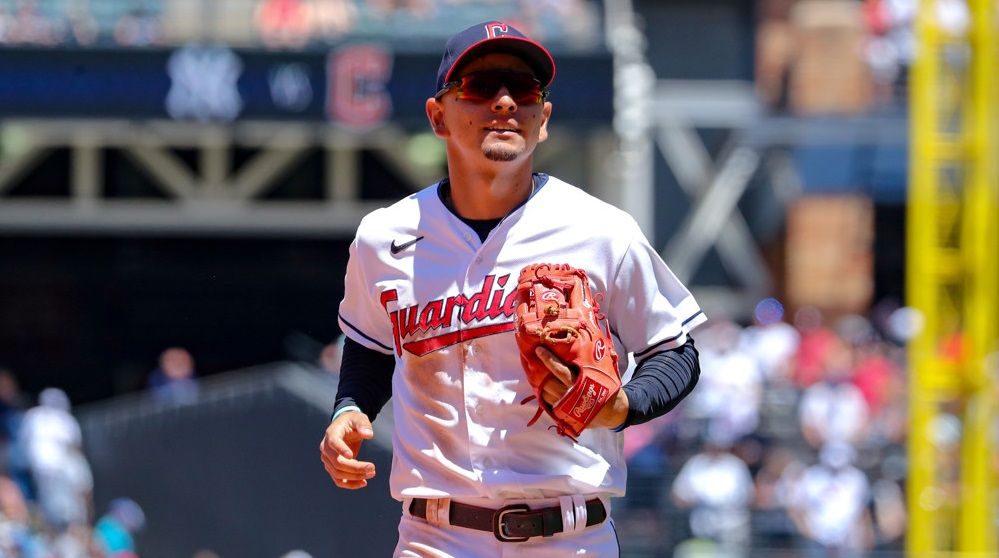In this week’s SIS Baseball Podcast, our opening monologue is on the excellence of Mets utility man Jeff McNeil. Here’s some additional information to supplement what we talked about.
By Mark Simon
On SNY’s broadcast of last Friday’s Mets-Yankees game, analyst Ron Darling described 27-year-old Jeff McNeil as the kind of player that MLB had been waiting for.
This had been in reference to McNeil’s ability to repeatedly beat defensive shifts, as he did in that game with a ground ball infield single to conclude an eight-pitch at-bat in the first inning against James Paxton. But it could be applied in a number of different areas.
Despite the Mets’ many shortcomings, McNeil has turned into an All-Star, though the scoreboard at Progressive Field ran Jacob deGrom’s picture when he came to bat. He’ll be a fun player to watch in the second half for a number of reasons.
For one thing, there’s the aforementioned hitting against the shift. McNeil is hitting .472 on ground balls and short line drives when shifted (he’s 25-for-53 … the .449 we noted on the podcast omitted shifts in which the infield was in or in at the corners in addition to shifting). Sports Info Solutions has a plus-minus system that rewards hitters who get hits versus shifts on balls that aren’t typically hits versus a straight-up defense. McNeil is a plus-9, meaning that the 22 hits are nine more than he would have gotten had the defense played straight-up against him. The plus-9 is the best in the majors this season.
McNeil essentially baits the defense into shifting him. When the defense plays him straight up, he’s hit 39 of 46 ground balls and short line drives to the pull side (85%). But when the defense shifts him, he’s pulled 33 of 53 (62%). He finds the open hole either way.
McNeil is challenging not just because of where he hits the ball, but because you can’t beat him with any pitch. He’s hitting .363, .375 and .316 against the three pitch types he sees most frequently (fastballs, changeups and sliders). He’s hitting “only” .259 when an at-bat ends with a curveball, but he has three doubles and two home runs in 27 at-bats against them, so the result is positive run value against all four pitch types.
McNeil can do this as one of the game’s most aggressive hitters. He’s second in the majors in swing rate (58%) behind Jonathan Schoop of the Twins (59%). McNeil swings a lot, but he is still discerning. His 84% swing rate on pitches in the strike zone leads the majors. Since he is swinging at so many good pitches, it keeps his strikeout total down. His strikeout rate of 12% ranks 12th-lowest among batting-title qualifiers. His 11 times being hit by a pitch helps offset a low walk rate and push his on-base percentage to .409.
| Jeff McNeil MLB Ranks | ||
| BA | 0.349 | 1st |
| Swing Rate | 58% | 2nd |
| Strikeout Pct | 12% | 12th |
Racking up all these hits put him in an elite class, as one of three players with at least 170 hits in his first 500 at-bats since 1935, per the Elias Sports Bureau. The others are Hall of Famers Wade Boggs and Joe DiMaggio.
McNeil isn’t someone with great speed. Three steals in eight attempts (including one after the infield single referenced atop this piece) have brought down his baserunning metrics. But he’s hit into only three double plays in 48 opportunities. His 6% double play rate is below the MLB average of 10%.
Lastly, what makes McNeil distinct is that he can fill a Ben Zobrist-like role on the roster. He’s played four positions this season – second base, third base, left field and right field, and totaled four Defensive Runs Saved. Though he may not be a Fielding Bible Award candidate at any of these positions, his combined effectiveness may put him in the running for our Multi-Position honor.
Simply put, Darling is right. McNeil’s the kind of player that baseball should embrace. His play should ensure that there won’t be any cases of misidentification in what should be a very bright future.

